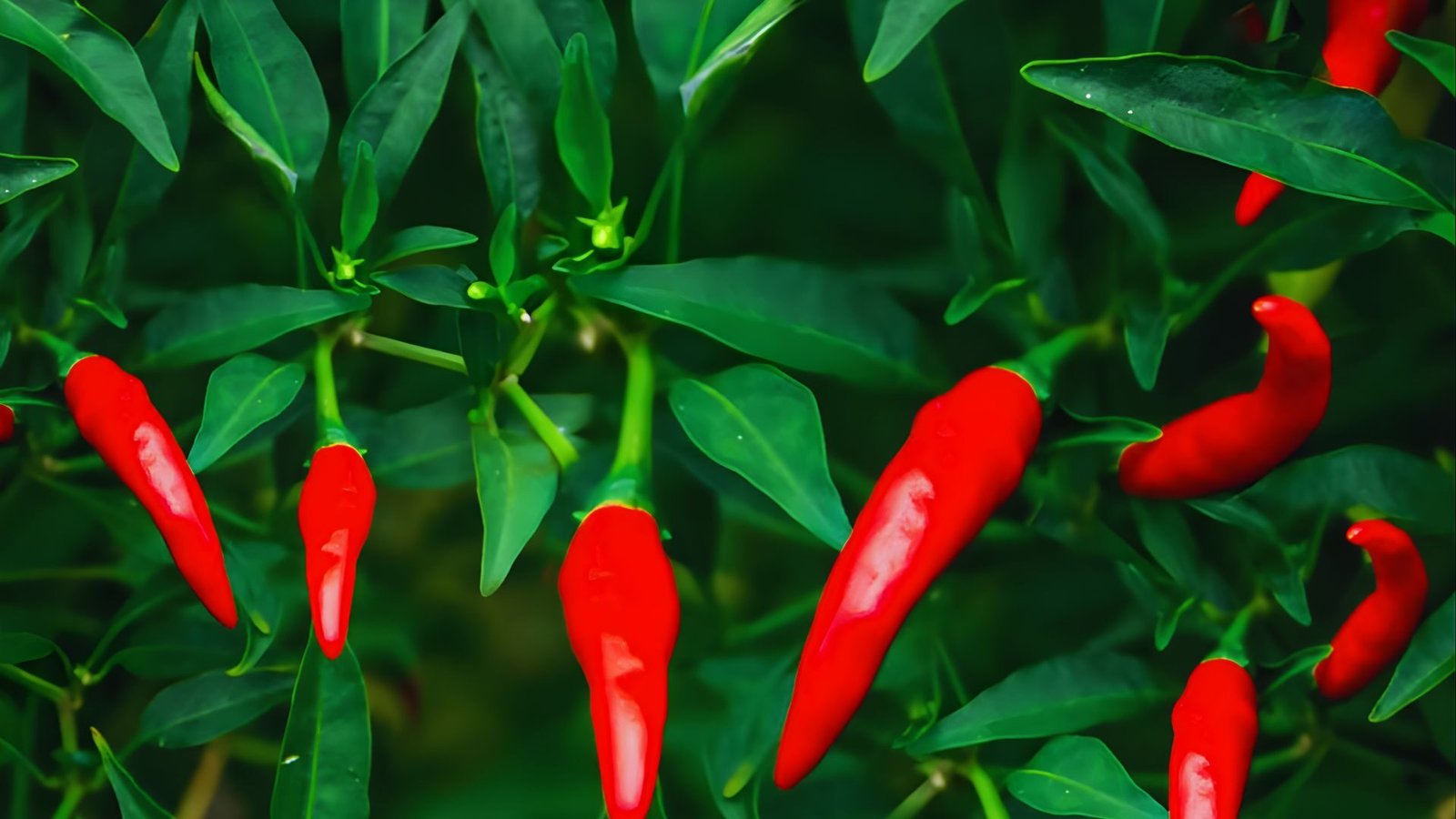By Azeem Ahmed
Pakistan’s chili fields have grown a little bigger this year, but not enough to meet official goals.
Documents reviewed by this reporter show that while more land was used to grow chilies in 2025–26, overall production and yield still fell short of expectations for Pakistan chili production 2025.
Chili Cultivation Sees Slight Expansion in 2025–26
The numbers tell a mixed story. The total area used for chili cultivation increased by 1.1 percent, reaching 49,500 hectares compared to 49,000 hectares last year.
Production rose only slightly, by 0.5 percent, from 113,800 tons to 114,400 tons. But the national average yield dropped by 0.6 percent — from 2,325 kilograms per hectare to 2,312 kilograms.
Sindh Leads Pakistan’s Chili Output
Sindh continued to lead the way, producing the majority of the country’s chilies. Farmers there harvested 85,300 tons from 35,700 hectares, nearly the same as last year.
Punjab followed with 17,800 tons, a small drop of 1.1 percent from last season, even though the province expanded its sown area by 1.5 percent to 6,900 hectares.
Balochistan and KP Show Promising Growth
Balochistan’s farmers performed better. Their output rose 2.9 percent to 10,500 tons as they expanded cultivation from 6,300 to 6,500 hectares. Khyber Pakhtunkhwa, though still a small player in chili production, saw a sharp 56 percent rise in both area and yield, producing about 800 tons in total.
National Chili Crop Misses Government Targets
Yields varied from province to province. Punjab’s average yield fell by 2.5 percent, from 2,647 to 2,580 kilograms per hectare. Sindh held steady with a strong yield of 2,389 kilograms per hectare, while Balochistan and KP maintained similar levels to last year.
Despite these small gains, the national crop missed the government’s production targets by a wide margin. The Federal Committee on Agriculture (FCA) had set a goal of cultivating 54,400 hectares, but only 49,500 hectares were planted — about 9 percent less.
The total output also missed the target by a larger margin: 114,600 tons were produced against a target of 146,400 tons, a shortfall of nearly 22 percent.
Experts Urge Better Support for Chili Farmers
Yields were also weaker than expected. The national average yield of 2,316 kilograms per hectare was 13.9 percent below the FCA’s goal of 2,690 kilograms.
Punjab and Khyber Pakhtunkhwa were unable to fully meet their goals. Punjab achieved roughly 90 percent of its production target and 87 percent of its area target, while KP missed both by about 21 to 22 percent.
Balochistan, however, stood out as the only province that exceeded its expectations. It went beyond both its area and production targets — by 8.3 percent and 11.1 percent respectively — and also saw a small 2.6 percent rise in yield.
Sindh, which produces more than 70 percent of Pakistan’s chilies, underperformed despite its strong yields. The province missed its production target by 26.4 percent, suggesting that even stable yields cannot make up for limited expansion in area.
Experts say the figures show both progress and pressure for Pakistan’s agriculture sector. While farmers are planting slightly more land, reaching production targets will require better farming techniques, improved seed varieties, and stronger support for growers — especially in Sindh and Punjab, where most chilies are grown.
The chili crop remains one of Pakistan’s key spices for local use and export. But for now, the numbers show that while farmers have managed to grow more, the harvest still falls short of what the government had hoped for.
Author Profile






